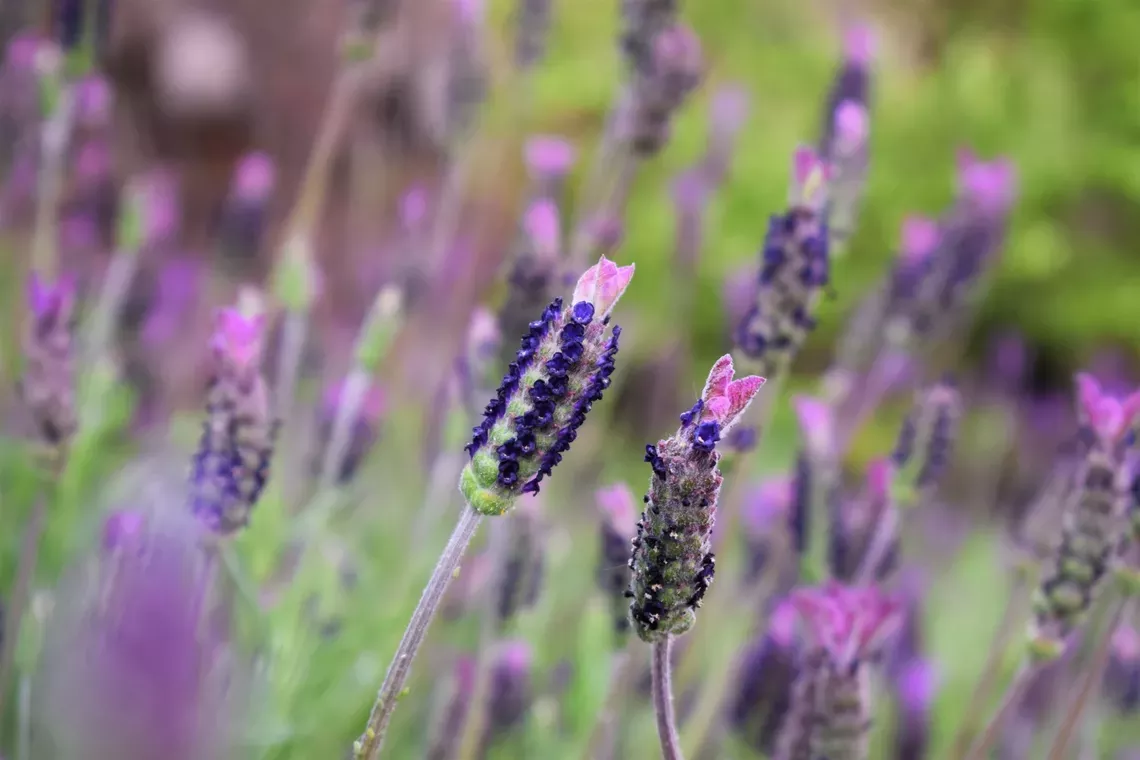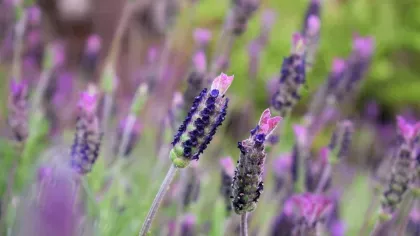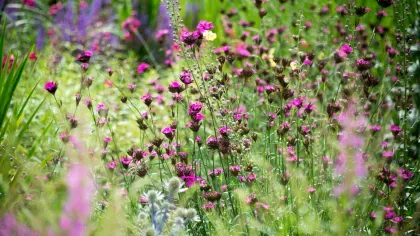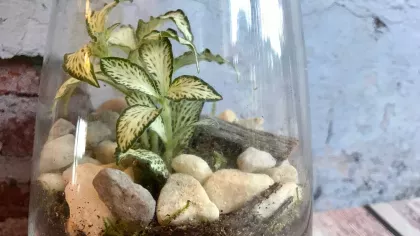30 May 2020
Top tips for a biodiverse garden
Follow these ideas to create a garden brimming with biodiversity.

A biodiverse garden is overflowing with life, and has an abundance of different plant species attracting many forms of wildlife.
No matter the size of your garden, from a window box in a flat to a large country landscape, this space can be a haven for insects, birds, and other animals, and play an essential role in supporting our rich biodiversity.
Here are some top tips on how to make your garden more biodiverse.
Get wild and messy
If you’re not the tidiest of people, then we’ve got some good news for you.
When it comes to a biodiverse garden, some messiness is good.
In the wild, an untidy woodland is a healthy woodland. Apply this idea to your garden and let a section or corner of it grow wild.
This area doesn’t have to be neat, trimmed and tidy, as its wildness is great for biodiversity, with natural debris offering food and habitat for many species.
You could also turn a patch into a mini wildflower meadow.
A mix of long grass and wildflowers, such as common poppies (Papaver rhoeas), corn marigold (Glebionis segetum) and ox-eye daisy (Leucanthemum vulgare), will attract pollinating bees and butterflies, and provide shelter to other animals.
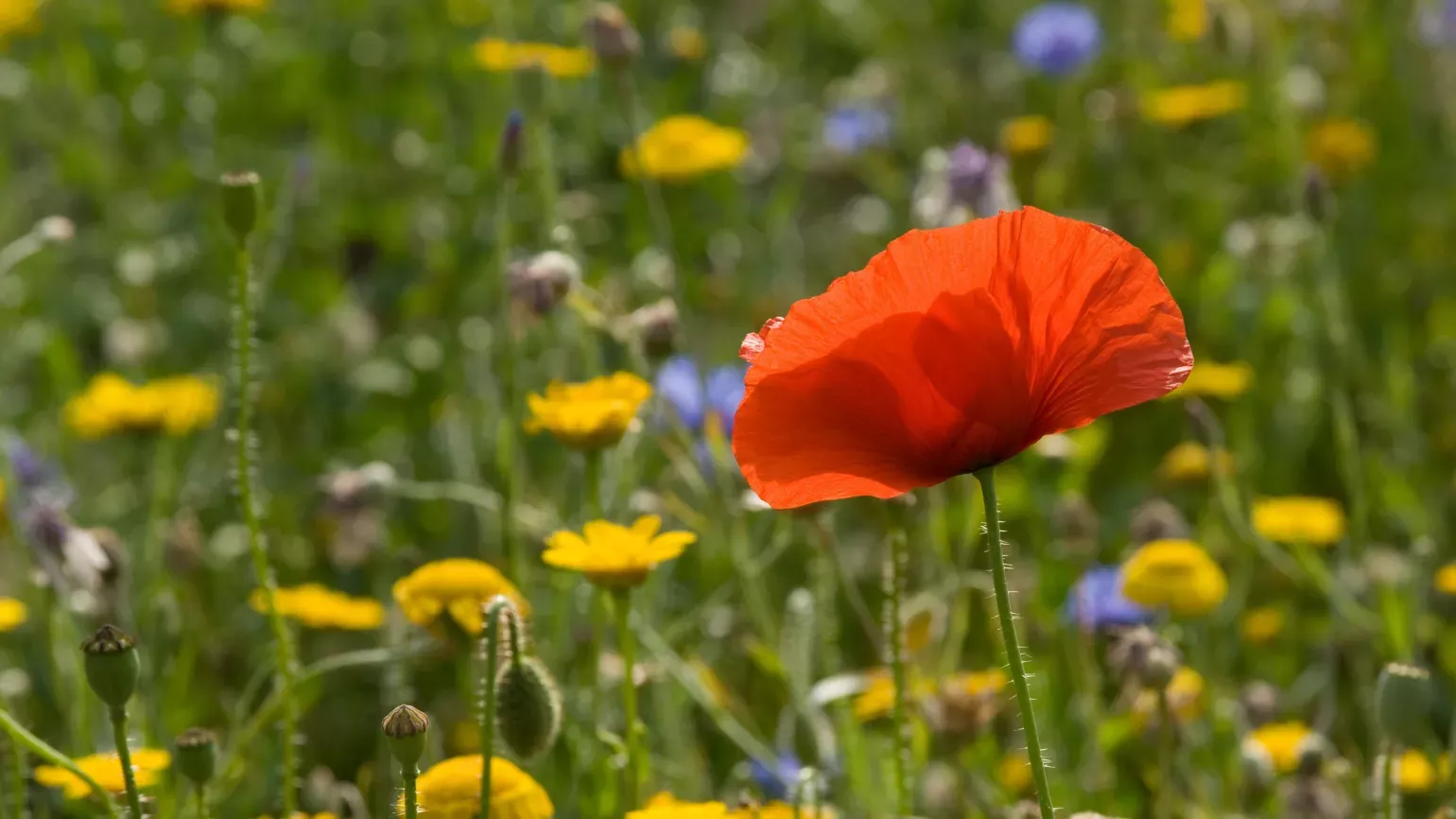
Pick the best plants
As the word ‘biodiversity’ suggests, it’s all about diversity.
The more plant-species-rich a garden is the more biodiverse it will be, and this will attract a greater variety of insects and wildlife.
Plant a range of species of all shapes, colours, sizes and fragrances.
Choosing plants that flower and fruit throughout the year is also important to attract different species of wildlife from spring to winter.
The pollen and nectar from flowers is food for a whole host of insects from bees to butterflies, while fruits can be a tasty treat for birds.
Most insects have short lifespans and will be on the wing at different times of year, so a mix of seasonal plants is great.
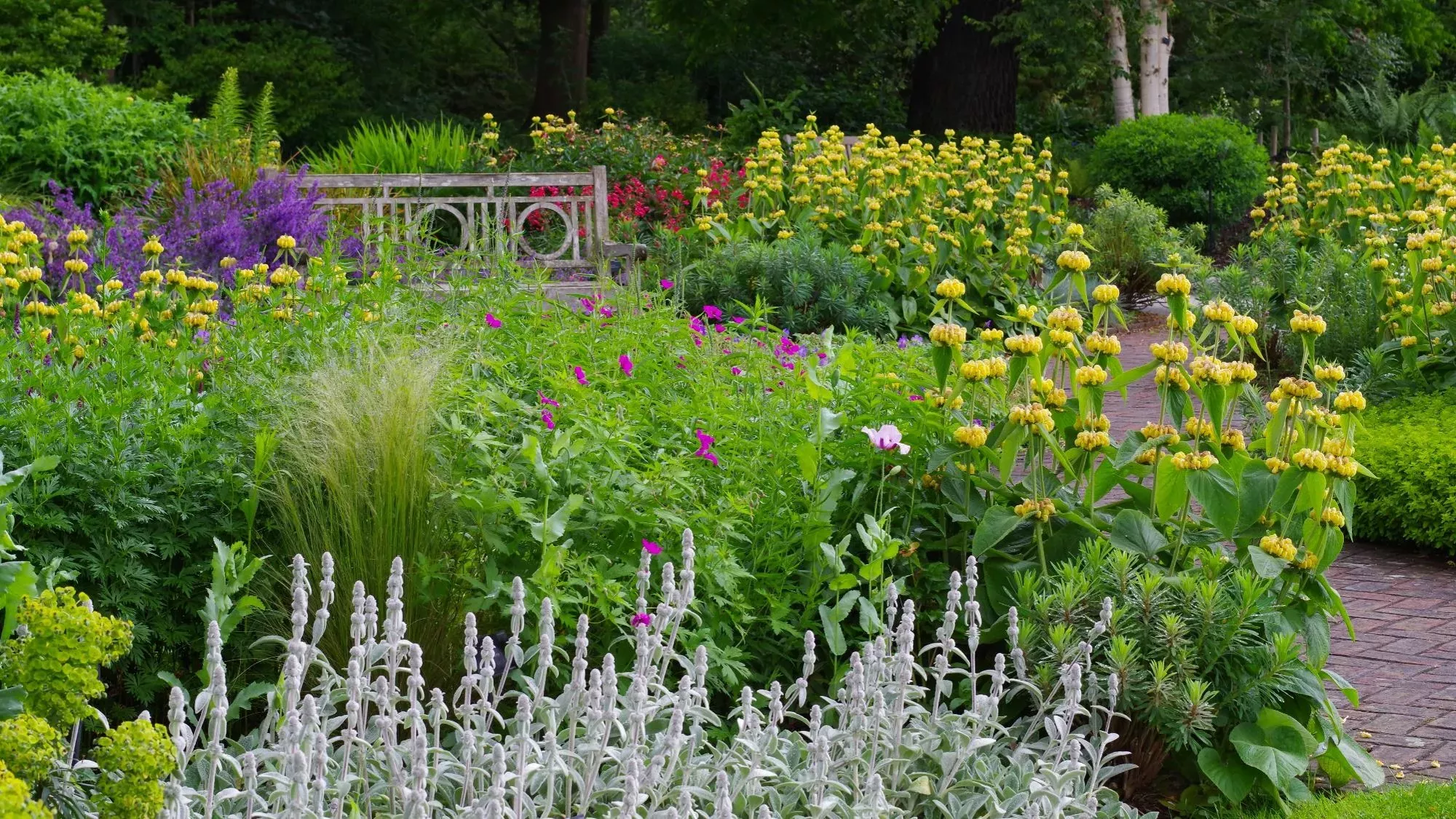
Grow fragrant flowers
We’re not the only ones that enjoy the delicious aromas that flowers exude – so do pollinators.
Did you know? Most butterflies and some insects will find their foodplants by smell, not sight, and will travel from garden to garden to locate the correct species.
These pollinators are vital for biodiversity, and seed and fruit production.
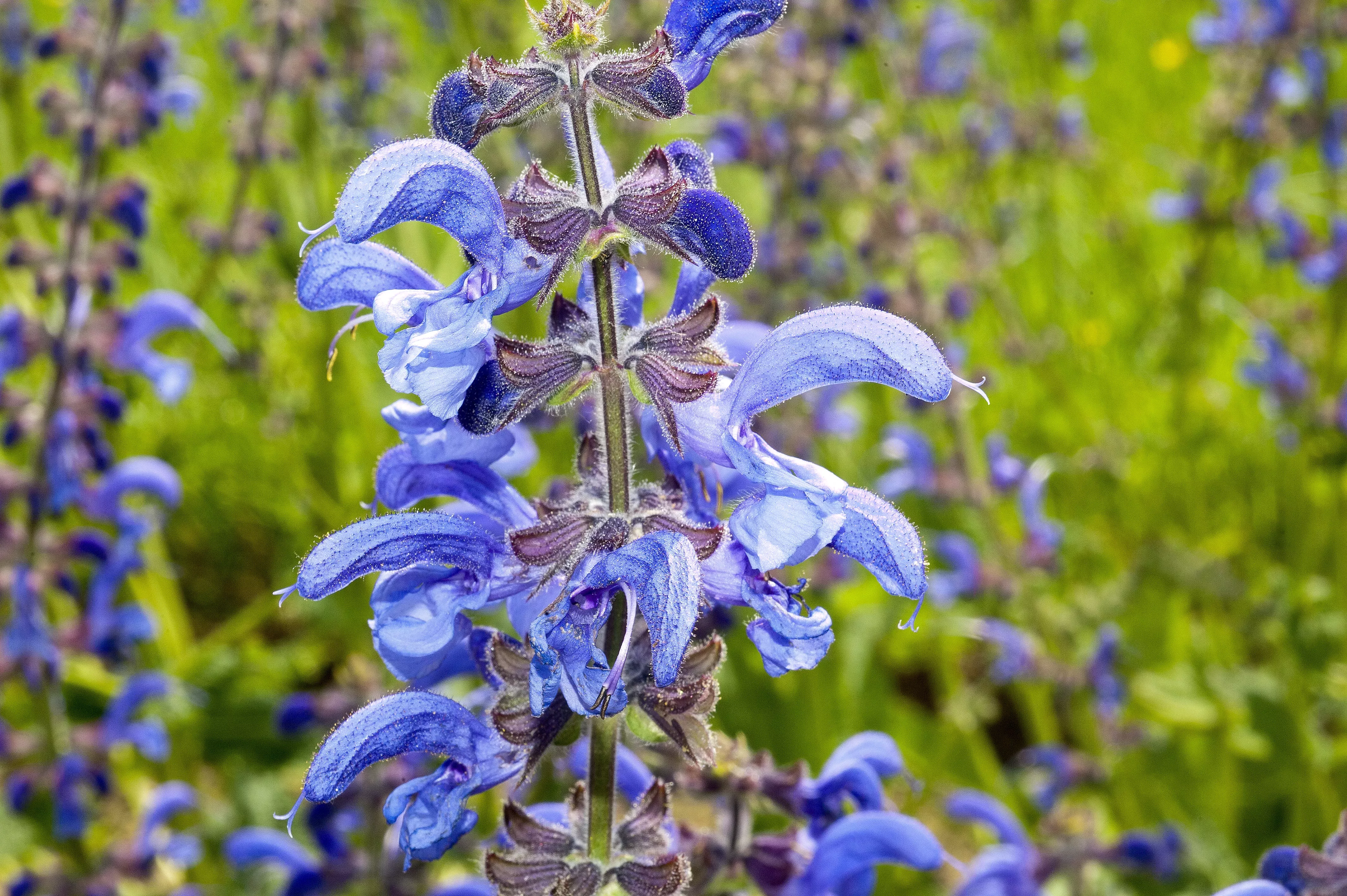
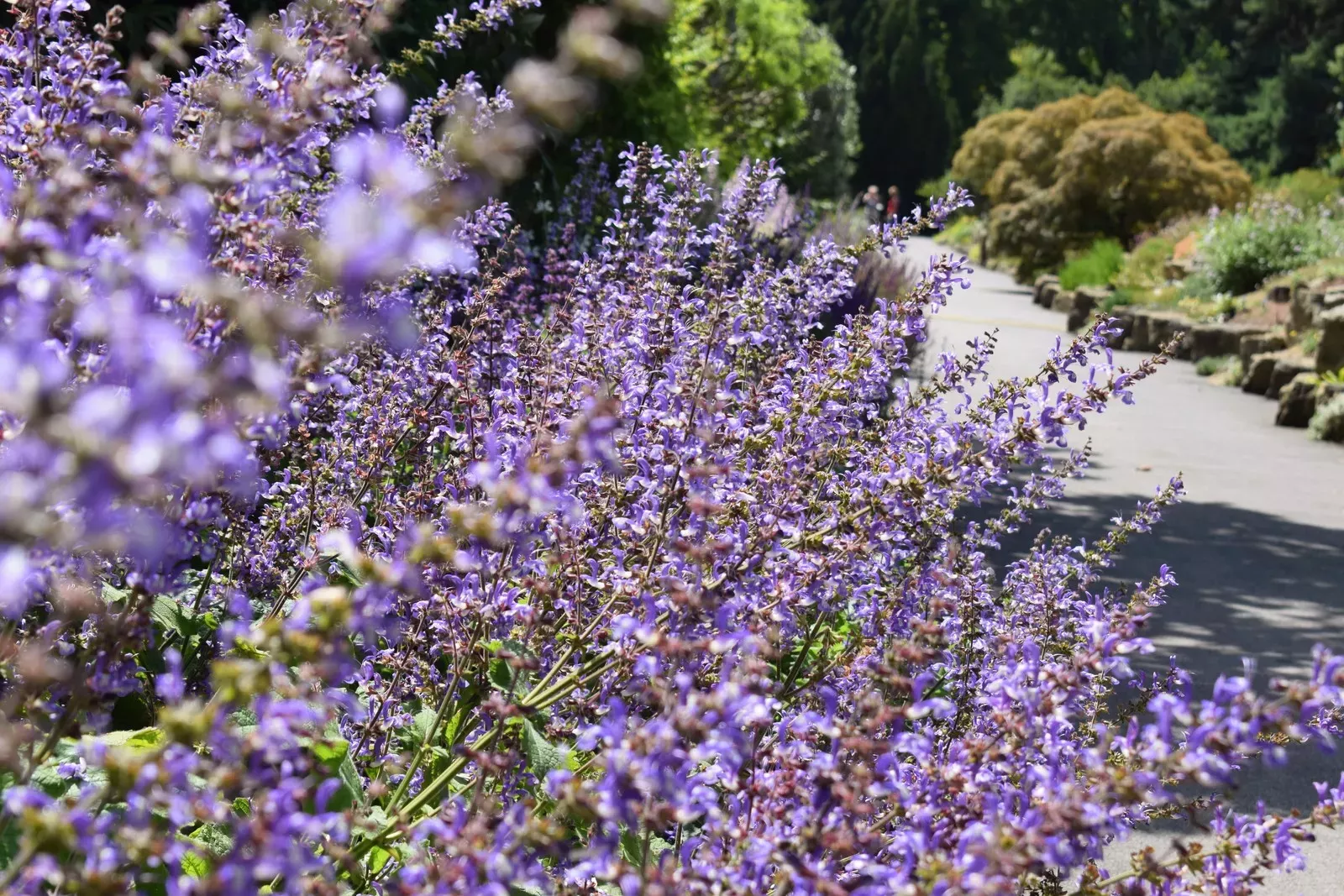
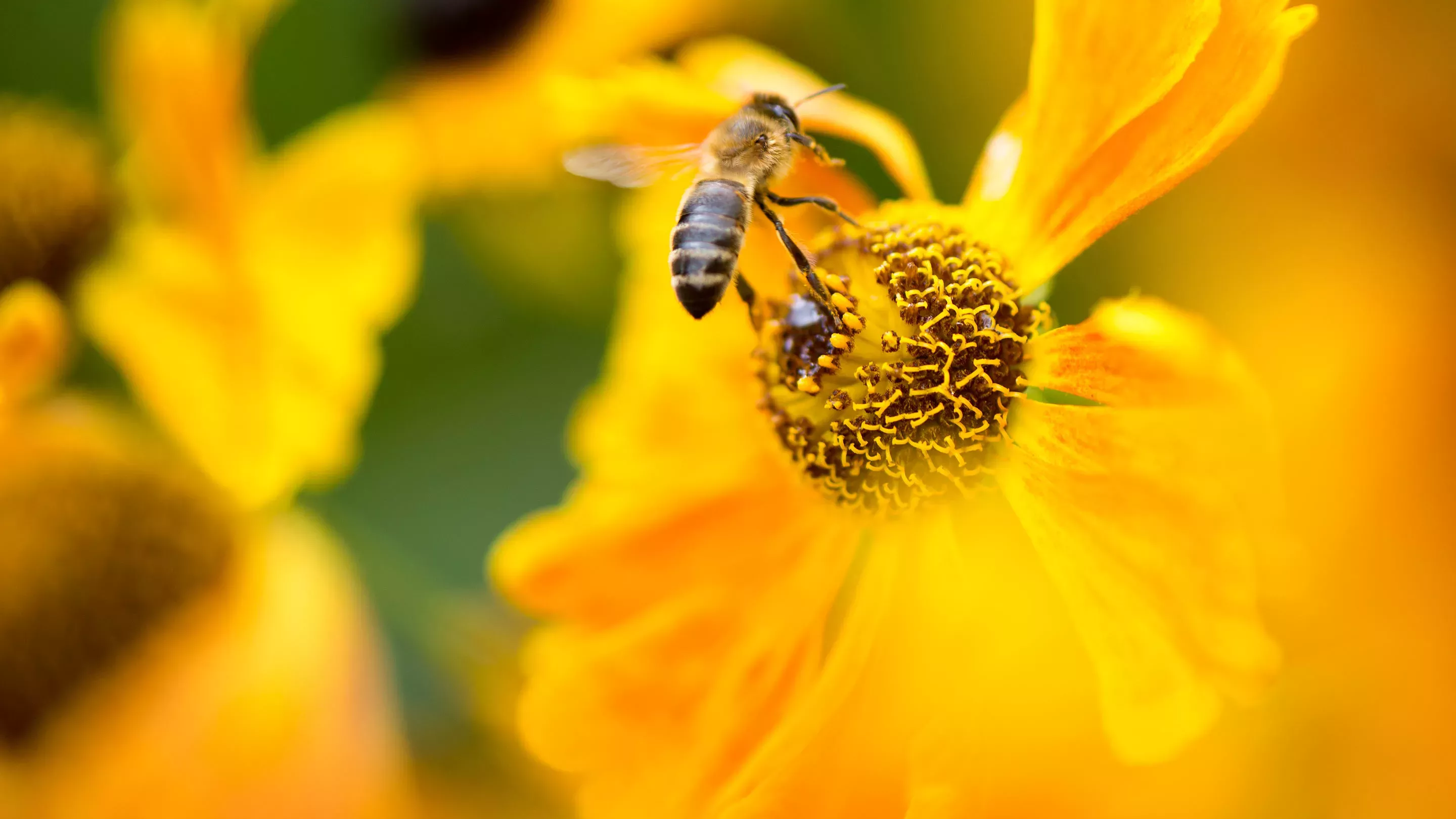
Allow the butterfly-loving plants to grow
You may want to focus on just one or two species that support the needs of certain pollinators, especially if you have a smaller outside space.
One of our earliest butterflies of the year is the orange tip (Anthocharis cardamines) which feeds on garlic mustard (Alliaria petiolata) and milkmaid (Cardamine pratensis).
The orange tip will be drawn to the nectar source of these plants when they are in flower.
Garlic mustard is widespread and can easily find its way into your garden. Instead of weeding it out, leave it to flourish. A bonus is that the leaves can be finely chopped to add tasty flavour to your salad.
Stinging nettle (Urtica dioica) is another plant that gardeners may want to dig up. But the peacock butterfly (Inachis io) uses this plant to lay its eggs on and for the caterpillars to feed on. The leaves are also rich in vitamins and make a tasty tea.
Did you know? We also have night pollinators such as moths so we may be asleep when these pollinators are at work.

Let trees and shrubs thrive
Trees, hedges and shrubs are brilliant for encouraging biodiversity, as they offer shelter and nesting areas for wildlife.
Many species also produce flowers, fruits and seeds which wildlife love, such as alder (Alnus glutinosa), crab apple (Malus sylvestris), hawthorn (Crataegus monogyna) and hazel (Corylus avellana).
Large and mature trees, such as English oak (Quercus robur), are a vital wildlife habitat and support an incredible diversity of plants, fungi, lichens and animals, especially insects.
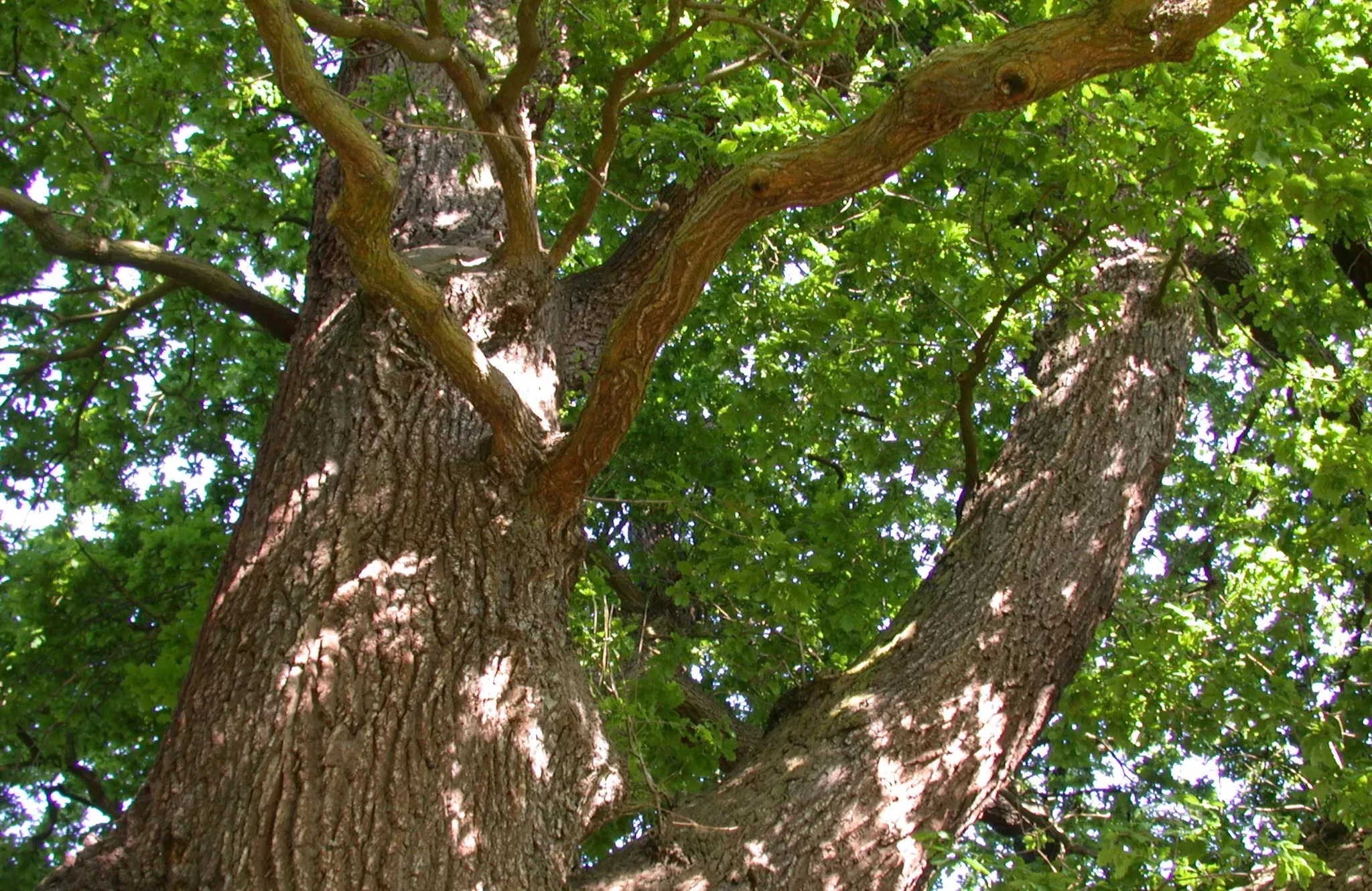

Add some wildlife-friendly extras
An old rotting log pile, tucked away from sunlight to prevent it from drying out, will make a perfect home for many insects and species of fungi.
A piece of corrugated iron laid flat somewhere shady will provide cover for animals such as newts, toads, lizards and snakes.
Compost heaps and mounds of grass clippings can provide the ideal habitat for slow worms.
If you think these biodiversity-rich piles look a little untidy, try locating them in corners out of sight.
Water is also a great magnet for wildlife. So, include a pond, bird bath, or even just a container of water in your garden to help many creatures thrive, from birds and dragonflies to frogs and newts.
A bird feeder is also a good addition to your garden, especially during the winter months when food sources are more scarce.
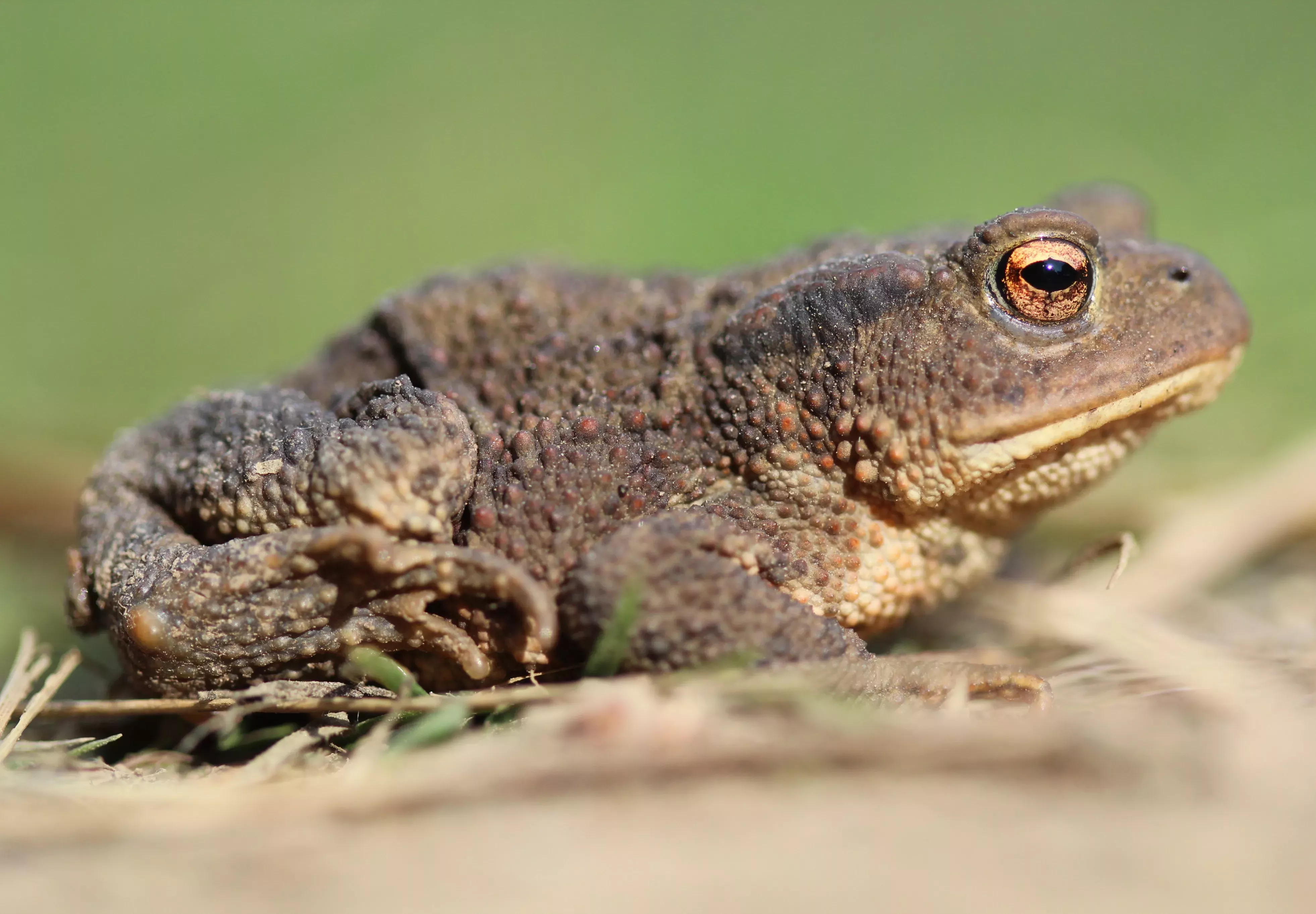

Use compost
Compost is great for making healthy, nutrient-rich soil, perfect for plants and wildlife.
Make your own compost with your garden waste to naturally recycle nutrients.
Heaps of this organic matter also provide shelter for creatures that make the most of the heat emitted by decomposition.
Every garden is unique, each with its own micro-habitat and micro-climate.
But with the right plants, a variety of species, and wildlife-friendly elements, every garden can boost biodiversity.
